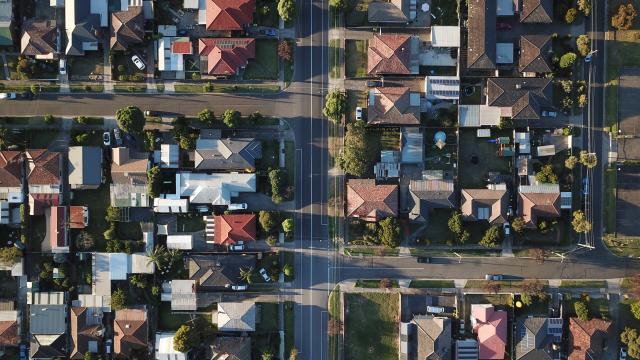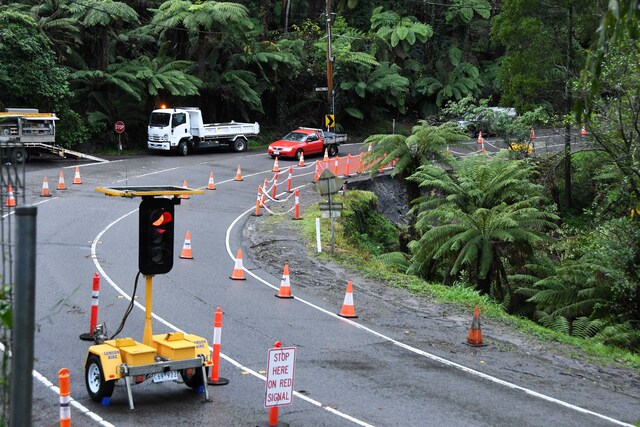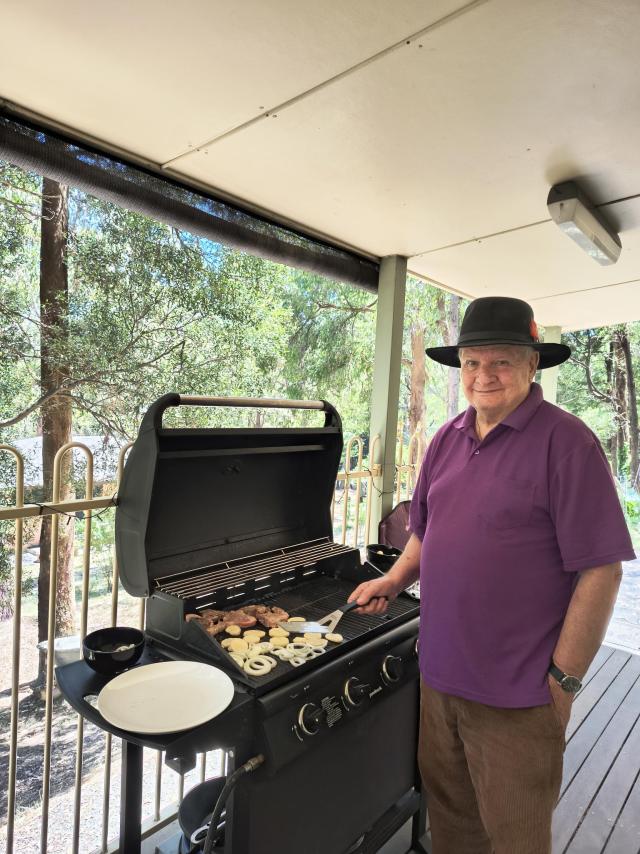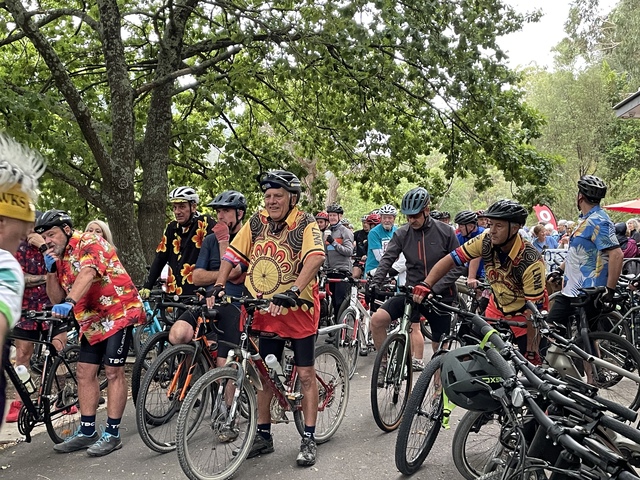The issue of social and affordable housing and rentals available within the Victorian market continues to be raised particularly by those on the front line.
Anchor CEO Heidi Tucker said the cost of living and inability to secure an affordable rental on a low-income is making it harder for young people and those disadvantaged in some way to get a roof over their heads.
“Those reliant on income support have even less chance to secure a property being on a low fixed income,” she said.
“They may also have a poor rent record and an inability to afford petrol to drive to different locations. This of course makes them far less attractive to landlords than people with employment.”
Widely known, family and domestic violence contributes to some of the largest numbers of homelessness among women and children.
“What we know is that women who escape violence will often be left on the blacklisting because their partner demands they take a lease in their name, so he is not responsible either legally or financially,” Ms Tucker said.
Last week, the State government announced a $3 million Social Housing Employment Program, to secure work for jobseekers for at least 12 months who are social housing residents, as its next step in providing affordable living for those on low to no income.
This has opened to women (particularly over 45), people with disability, the long-term unemployed, Aboriginal and Torres Strait Islander people, people aged 18-25, veterans and those from culturally and linguistically diverse communities.
It comes as part of the $5.3 billion Big Housing Build which aims to deliver more social housing across Victoria’s growth areas.
However, a report released last week by the UNSW City Futures Research Centre identified the ballooning wait time for social housing across Australia for those mostly on low-incomes.
‘Waithood: The experience of being on the social housing waiting list’ found low-income earners will wait up to 10 years for a social rental, with Victoria’s waiting list registrations increasing by 49 per cent (52,000) from 2017 to 2021.
Income and asset eligibility limits vary across each state and territory but Victoria has the highest income limit of $2,186 per week ($113,672 per annum) for a single or two parent family with two children.
This is considerably higher than the national median household income of $95,888 in 2020 and higher than the Australian minimum (full time) wage of $772.60 per week, or $40,175 per annum, meaning the criteria to register intent is more lenient.
“Australia’s social housing capacity has been declining for decades. Meanwhile, the scale of need has continued to grow. So it has become an unenviable challenge for states to ration this increasingly scarce and cash-starved resource,” UNSW Professor and report lead author Hal Pawson said.
“Nowadays, in many parts of the country only those with the most complex and severe needs stand a chance of being housed.”
Victoria’s criteria for priority or ‘greatest need applications’ is also relatively low compared to the rest of the country, seeing a threefold demand increase from under 9,000 to over 28,000 in new applications within this category.
Even prior to the pandemic, Prof Pawson estimated two-thirds of Australia’s low-income private tenant population (approximately one million households) were in rental stress.
“While most of the housing affordability discussion remains focused on the challenges faced by first-homebuyers, the cost-of-living predicament for many low-income renters is absolutely dire and also needs serious attention,” he said.
Prof Pawson said there had been some great headway made by State governments, especially Victoria and Queensland, to build social housing but he said these initiatives will only be effective if they are maintained in the long term.
Organisations like Anchor, that are working towards a society free of homelessness, have previously done what they can to ensure people can afford to rent and lease but even for them, the rising cost of rentals and inability to find appropriate properties is making this challenging.
“Previously, we’ve ‘head leased’ properties, where Anchor takes responsibility for the initial lease ‘to get a foot in the door’. Then we sign the lease over to a client when they are ready,” Ms Tucker said.
“But the fact is, even Anchor could not secure properties these days unless we knew the landlord.”







